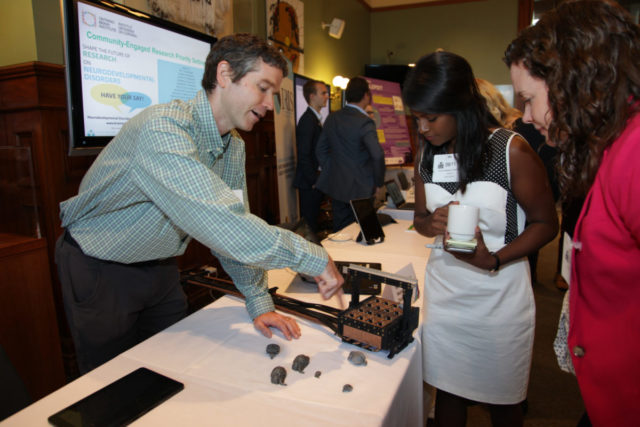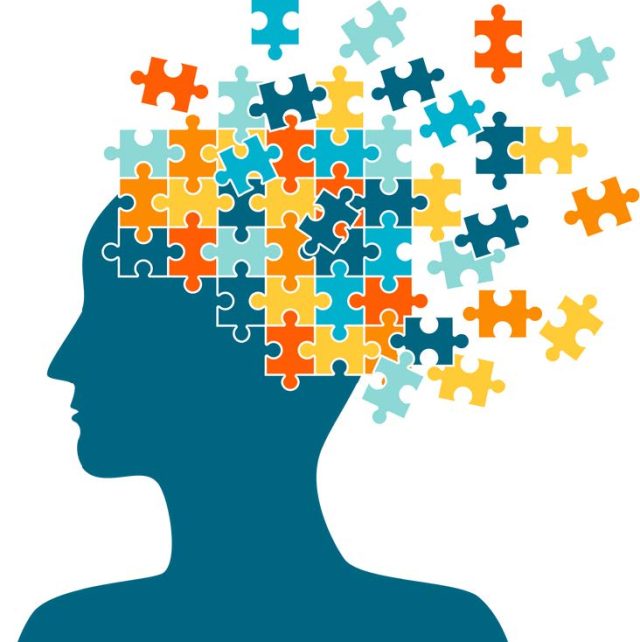Ontario has one of the highest concentrations of brain researchers anywhere in the world. But researchers in this community largely worked in isolation and tended not to share ideas or data. The Ontario Brain Institute’s (OBI’s) Integrated Discovery Programs changed this and brought large groups of researchers together to better understand and treat brain disorders. This collaborative approach led to the idea of standardizing data and housing it in a shared space where it is curated, analyzed and shared. This ensures that the data are collected in the same manner, making it easier to share and accelerate discovery.
To address this issue, OBI created Brain-CODE. Brain-CODE is a state-of-the-art database designed to store, manage, and analyze many different types of data. It meets the highest standards of data privacy and security and was built to federate with other databases around the world.
In 2017, OBI announced its first open data release. The data came from a project led by Dr. Jason Lerch at The Hospital for Sick Children (SickKids) as part of collaboration with multiple national and international researchers. The data includes high-resolution magnetic resonance (MR) images from more than 90 genetic models of autism in mice.
“Making this dataset public and open will allow researchers around the world to ask new questions about how the genetic underpinnings of autism lead to changes in brain networks, surely coming up with questions – and answers – that we have not even thought of yet”, said Dr. Jason Lerch, Senior Scientist at SickKids. This data release is the first of many to come as OBI aims to make all of its research data accessible in the future.



